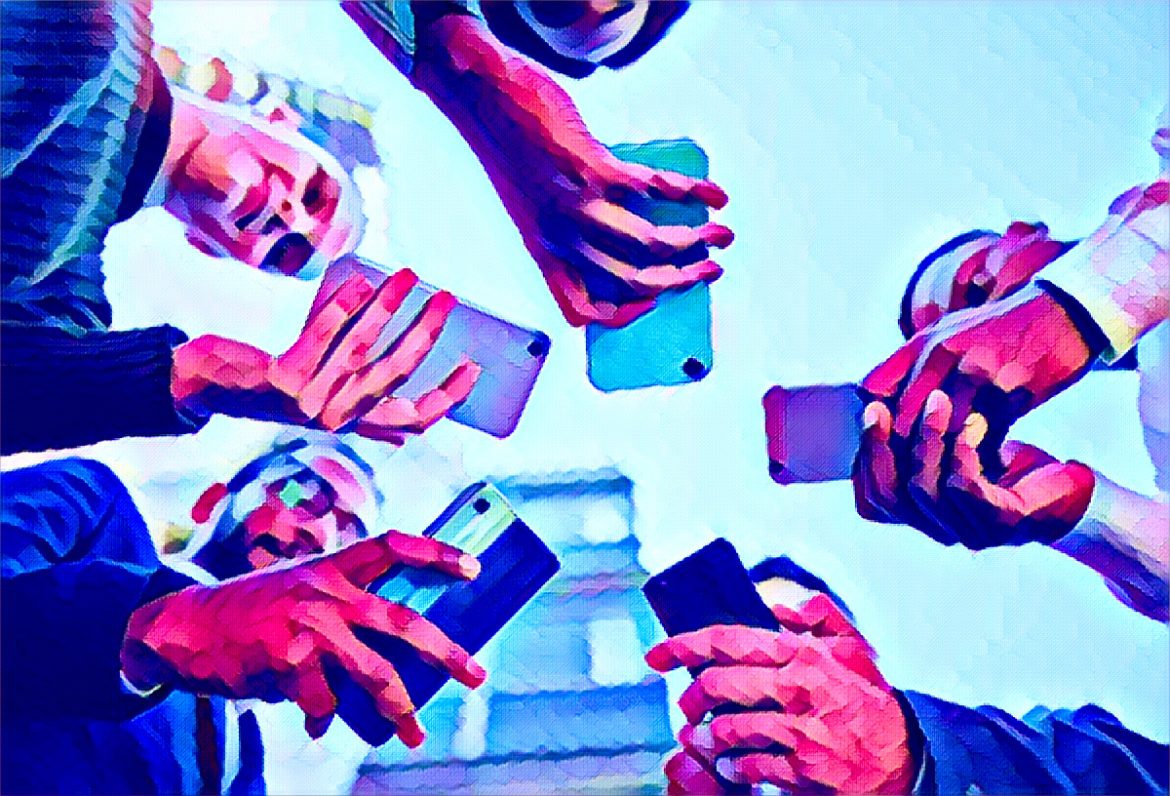KEY POINTS
- Social media offers educational and entrepreneurial opportunities for Zimbabwean youth.
- Excessive social media use negatively impacts mental health and productivity.
- Bridging the digital divide is crucial for inclusive youth empowerment.
In recent years, social media has become essential to the daily lives of Zimbabwean young, significantly impacting multiple facets of their existence.
Utilization of social media by Zimbabwean youth
According to data reportal, as of January 2024, Zimbabwe had over 2.05 million active social media users, constituting 12.2% of the total population. Significantly, 37.4% of the nation’s internet users interacted with at least one social media platform during this timeframe.
The gender distribution of these users was 43.6% female and 56.4% male. Platforms like Facebook, WhatsApp, and Instagram prevail in Zimbabwe’s social media sphere.
Young individuals predominantly employ these channels for communication, entertainment, and information dissemination. A study examining university students in Chinhoyi indicated that social media is primarily utilized for sustaining social relationships and obtaining news.
Beneficial effects of social media
Social media has exerted a revolutionary impact on the lives of Zimbabwean young. It has become an indispensable educational resource, offering access to online learning resources and facilitating student participation in virtual classrooms.
According to spring nature, in regions where conventional educational infrastructure is deficient, social media serves as a conduit, providing alternative avenues for kids to acquire information and skills.
Economically, the platforms have empowered millennials to embark into entrepreneurship. A significant number of young Zimbabweans currently utilize social media for business marketing, establishing e-commerce prospects, and networking with clients.
Social media serves as a double-edged sword on a cultural level. It exposes Zimbabwean youth to many world cultures while simultaneously providing a venue to honor and maintain their own traditions.
According to afrobarometer, moreover, social media has become a potent instrument for social activity. Movements such as #ThisFlag illustrate how platforms may mobilize youngsters to advocate for social justice, political reform, and other urgent societal issues, making their voices heard both locally and globally.
Adverse effects of social media
Extended interaction with social media may result in addiction, diminishing productivity and impacting well-being. The pervasive prevalence of cyberbullying, coupled with the pressure to conform to idealized online personas, often leaves adolescent users suffering anxiety and melancholy.
Moreover, the unregulated proliferation of misinformation presents considerable obstacles. During elections and other highly heated occasions, social media becomes a battleground for fake news, affecting public opinion in ways that can destabilize communities.
Economic gaps contribute to the disparate effects of social media. Rural adolescents encounter restricted access to cellphones and high-speed internet, resulting in a digital divide that reflects prevailing disparities in the nation.
With appropriate interventions, this dynamic demographic may leverage social media to enhance their potential and significantly contribute to national growth.


